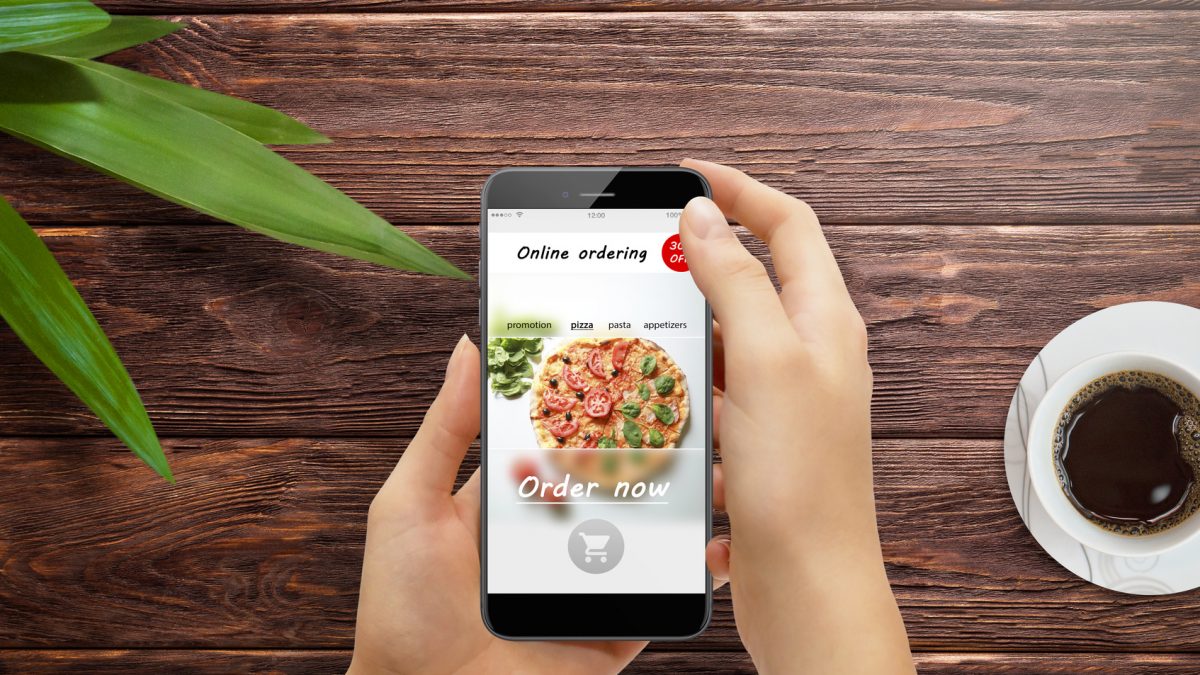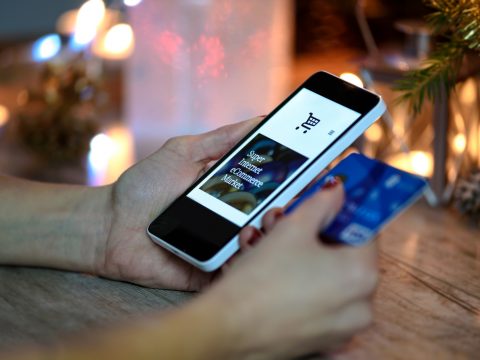Mobile Ordering Attracts a Lucrative QSR Customer Base
Time and money. Two resources we’ll never have enough of, and that somehow seem to be getting tighter despite all of the technologies to do things faster, easier, cheaper. Our mobile culture’s power switch is always in the “on” position, leaving us on call and available to employers, friends, family, and even media. It feels like we have less down time, and perhaps a few more one-click purchases than we’d budgeted for. While many “to-dos” and purchases can be set aside until tomorrow or next week, everybody’s gotta eat.
Quick service restaurants (QSRs) have long been the obvious answer to rumbling bellies on a budget, but with the growing expectation for “everything right now,” many QSRs have answered the call to be even quicker, even more convenient, by enabling mobile online ordering and payment. No more standing in line, or hoping the order you yelled into the drive-through squawk-box will turn out right. Now you can customize your order on your smartphone screen while getting ready for work, or on the way home from the gym. No more fishing around for bills or tapping your foot while the credit card machine sends a signal to outer space. Now you can pay with the touch of a fingertip.
So… who’s taking advantage of this mobile convenience?
Simmons’ wide breadth of consumer data allows us to take a detailed look at past-30-day QSR customers who have ordered or purchased food online using their mobile/smartphones in the past 12 months – we’ll refer to them as “mobile customers.” The attitudes and behaviors that define them attest to the lifestyle fit of mobile ordering and payment, and also suggest the importance of attracting and retaining these consumers to stay competitive in the QSR space.
Higher Volume, Higher Spend
Mobile customers are more likely to visit every category of QSR, from burgers to chicken, to ethnic, snack, pizza and even seafood restaurants. On average, they visit QSRs 15 times in a 30-day period -- 10% more than non-mobile customers (those who have not used online mobile ordering or payment in the past 12 months). Mobile customers also spend 13% more in a 30-day period, $113 on average. Their higher spend and visit volume, however, isn’t the only reason to attract them.

Influential Social Media Presence
Mobile customers are young, urban, and diverse. Half of them are under age 35, nearly half (46%) live in highly urbanized areas, and they are over-represented by Hispanics.
They are connected from the moment they awake to the moment their head hits the pillow… and then maybe for a bit longer. 50% agree that the Internet has become a new way for them to socialize and meet people, and 20% would feel less connected to others without social media sites. It’s no surprise that their relationship with their always-connected mobile devices overlaps with their social and self-identity. 68% agree that their cell phone connects them to their social world, and 24% agree that their cell phone is an expression of who they are.
No strangers to social media and networking, they take full advantage of the open forum for opinion-sharing. They’re 58% more likely to agree that social sites are a way for them to tell people about companies and products that they like, and 47% more likely to post online ratings or reviews for others to read. Their online conversations aren’t one-sided, as they’re also 34% more likely than non-mobile customers to pay attention to reviews posted by other consumers.
Do consumer reviews on social media really impact purchase decisions? They do for this group. 31% agree that they’re more likely to purchase products they see used or recommended by friends – that’s 45% more likely than non-mobile customers. It seems that they trust different types of product endorsements on social sites, not just a nod of approval from friends. 34% say that they like to follow favorite brands or companies, and 18% say they’re more likely to purchase products they see advertised on social sites (a full 54% more than non-mobile customers).
Mobile QSR customers are more than twice as likely as their non-mobile counterparts to share their activities and whereabouts by “checking in” – 21% do so, most often to hotels, airports, and restaurants. If actions speak louder than words, then restaurant “check-ins” are the ultimate endorsement.
Trendsetters
Mobile customers’ trendsetter status goes hand in hand with their affinity for consumer reviews. 39% are pioneers, agreeing that they like to try things no one else has, and 28% like to stand out in a crowd. On top of that, they hold some sway – 46% agree that they’re good at convincing others to try new things.
Early Adopters of Mobile Capabilities
Ordering food isn’t the only thing mobile QSR customers are doing, or want to be doing, on their phones. Their devices have become their trusted advisors, with 47% agreeing they use information from their phone to decide where to go or what to do in their free time. They’re 18% more likely use their mobile phones to pay bills (26%), and 60% agree that their phone should help them get work done when and where they want. When shopping, 47% say they use their mobile device to search for local deals, and 34% would be interested in a service that would allow them to make purchases in a store. In general, if their phone can do it, they’re interested.
How Can QSRs Attract These Lucrative Customers?
Is attracting and retaining mobile QSR customers as simple as offering mobile ordering and payment? Probably not, and “simple” likely isn’t the right word to describe the infrastructure involved, yet enabling these mobile features is without doubt an important part of drawing in these valuable customers.
Personalized Experience/Loyalty Programs
Mobile QSR customers love a personalized experience. They’re 80% more likely (36%) than non-mobile customers to partake in mobile loyalty programs, and the personalized experience that comes with it is a top benefit for them. 38% like websites that provide product suggestions based on what they’ve looked at or purchased in the past, a convenience that fits perfectly with mobile ordering, especially when there are special order details involved.
Deals and Promotions
Despite their aptness for mobile loyalty programs, they may not be the most loyal customers –unless you give them a reason to be. These customers respond to deals – 42% say they can be swayed by coupons to try new food products, and 34% agree they’re drawn to stores they don’t normally shop at by sales. QSRs might consider offering loyalty rewards, such as a free meal or beverage after 10 qualifying purchases – a program currently offered by Cosi.
Healthy Offerings
“Fast food” has come a long way since the days of one-size-fits-all burger and fries. Consumers want their food to taste good, but they also want to feel good about what they’re eating – particularly mobile order customers. Although it may come as a surprise, these frequent QSR visitors are also proactive about diet and fitness. Compared to non-mobile customers, they’re 23% more likely to monitor their health with a fitness device (25%) and 34% more likely to be vegetarians (10%). They partake in outdoor cardio sports like jogging/running (34%) and bicycling (20%), and work out at fitness clubs (28%). They’re more likely to say that “fast food” fits their busy lifestyles (29%) and helps them stay within their budget (14%), but they also want it to help them fit into their skinny jeans.
The idea of “whatever you want whenever you want it” goes hand in hand with mobile culture, which may explain their 31% greater likelihood to visit QSRs for “snacks” (31%). That may or may not mean a “snack” restaurant, but these types of QSRs do appear high on the list of their top-indexing canteens:

Early adopters of mobile ordering are young and influential, with higher QSR visit frequency and spend. Attracting and retaining these lucrative customers by enabling mobile ordering while also offering recognition, loyalty rewards, and healthy options look to be smart moves for QSRs looking to stay competitive.
To learn more, contact us.

